Forums
- Forums
- Duggy's Reference Hangar
- RAF Library
- Gloster Grebe
Gloster Grebe
Post a reply
- Go to Previous topic
- Go to Next topic
- Go to Welcome
- Go to Introduce Yourself
- Go to General Discussion
- Go to Screenshots, Images and Videos
- Go to Off topic
- Go to Works in Progress
- Go to Skinning Tips / Tutorials
- Go to Skin Requests
- Go to IJAAF Library
- Go to Luftwaffe Library
- Go to RAF Library
- Go to USAAF / USN Library
- Go to Misc Library
- Go to The Ops Room
- Go to Made in Germany
- Go to Campaigns and Missions
- Go to Works in Progress
- Go to Juri's Air-Raid Shelter
- Go to Campaigns and Missions
- Go to Works in Progress
- Go to Skinpacks
- Go to External Projects Discussion
- Go to Books & Resources
-
4 years agoSat Aug 26 2023, 10:11amDuggy
 Main AdminThe Gloster Grebe was developed by the Gloster Aircraft Company from the Gloster Grouse (an experimental aircraft later developed as a trainer), and was the Royal Air Force's first post-First World War fighter aircraft, entering service in 1923.
Main AdminThe Gloster Grebe was developed by the Gloster Aircraft Company from the Gloster Grouse (an experimental aircraft later developed as a trainer), and was the Royal Air Force's first post-First World War fighter aircraft, entering service in 1923.
Design
In 1923, Gloster modified a Gloster Sparrowhawk fighter trainer with new wings to test a layout proposed by chief designer Henry Folland, combining a thick, high-lift section upper wing and a thinner, medium-lift lower wing, with the intention of combining high lift for takeoff with low drag.After the Grouse demonstrated that the new layout was a success, the British Air Ministry placed an order for three prototype fighters based on the Grouse (and therefore derived ultimately from Folland's Nieuport Nighthawk fighter of 1919), but powered by a 350 horsepower (260 kW) Armstrong Siddeley Jaguar III radial engine, as the "Nighthawk (thick-winged)".
The first of the prototypes (Gloster built a fourth machine as a company-owned demonstrator), by now known as the Grebe I flew during May 1923. The performance of these prototypes during testing at RAF Martlesham Heath was good, and the Air Ministry decided to order the type into production as the Grebe II, this having a 400 horsepower (300 kW) Jaguar IV engine.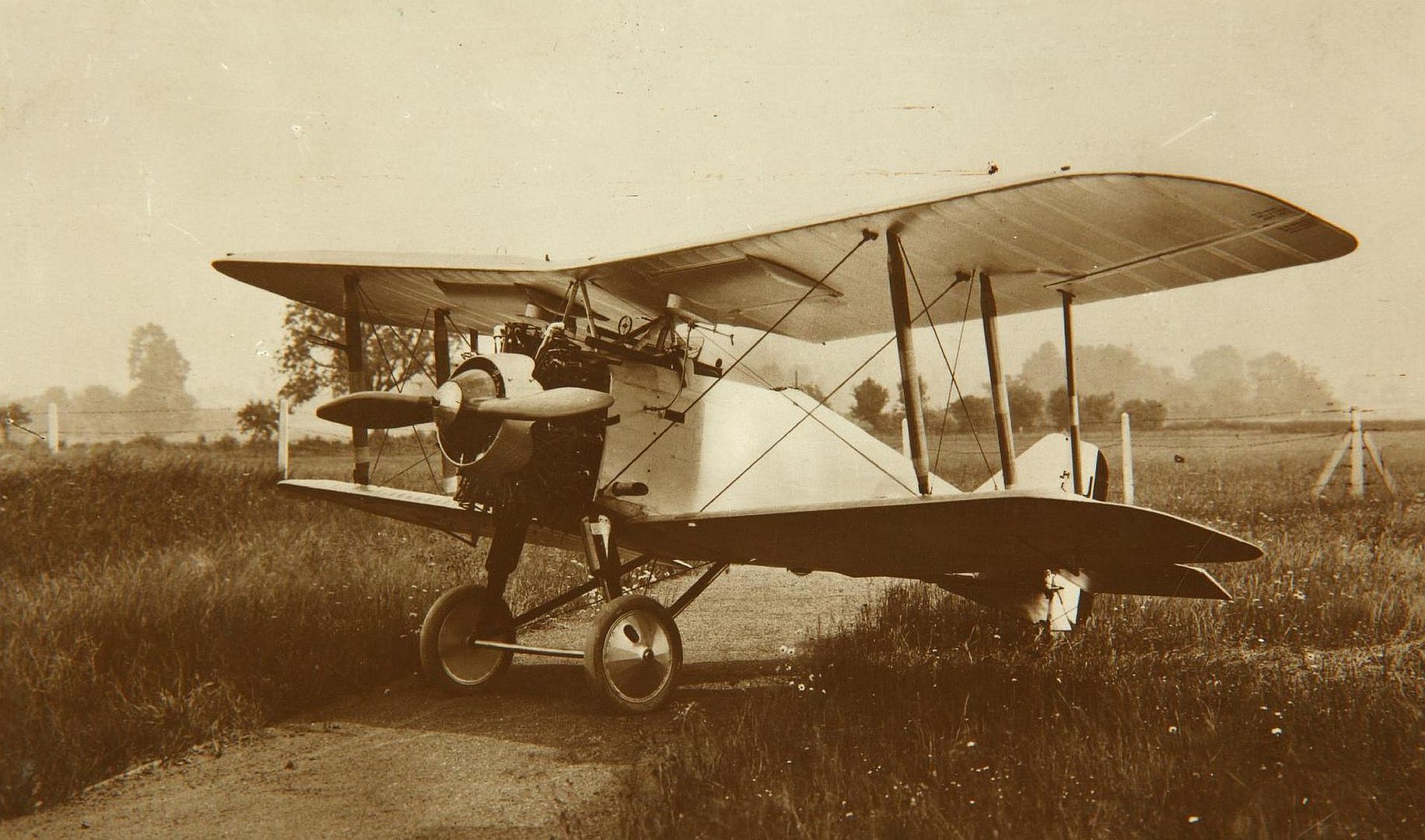
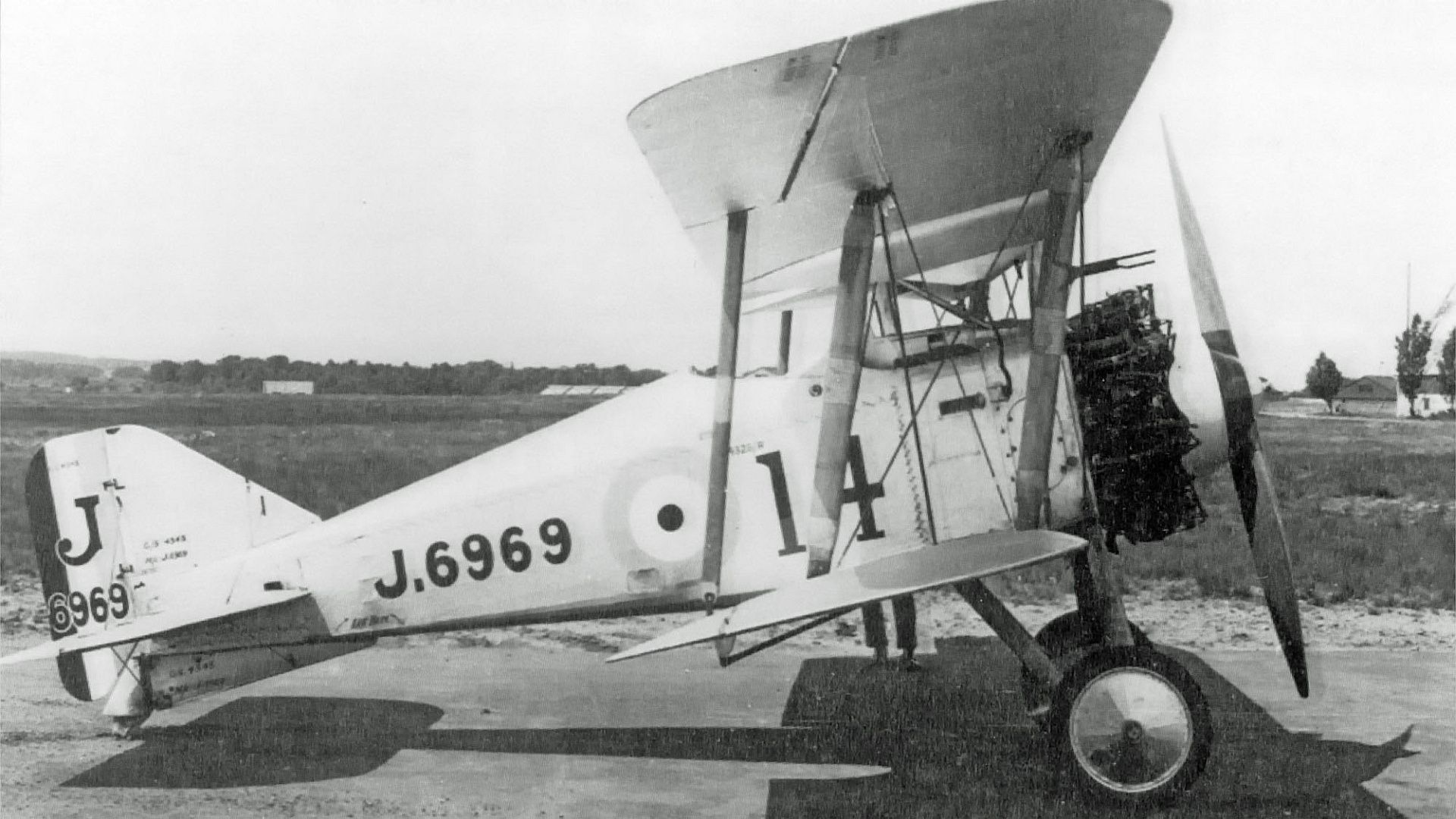
Like the Sopwith Snipe it replaced, the Grebe was a single-seat, single-engined biplane of fabric-covered wood construction. The fuselage had ash longerons and spruce stringers joined to plywood formers, while the single-bay wings (which had a considerable overhang outboard of the struts), had fabric-covered spruce spars and ribs. Two synchronised .303 in (7.7 mm) Vickers machine guns were mounted on the fuselage top decking.
Service history
Grebes entered service with the RAF during October 1923 when a flight of 111 Squadron re-equipped with the new fighter.The Grebe was popular in RAF service, being much faster than the Snipe that it replaced and was also very agile.One problem with the Grebe was that it suffered from wing flutter, owing to the large overhang outside the interplane struts, which led to all RAF aircraft being modified with additional Vee-struts supporting the outer upper wing. Another problem was the Jaguar engine, which was heavy and unreliable, being prone to catching fire.
A total of 133 Grebes were produced, including the four prototypes, 108 Grebe II single-seat fighters and 21 two-seat dual-control trainers. Grebes were retired from the RAF in 1929,replaced in part by the Gloster Gamecock, which was a developed Grebe, (Gloster fighter design, from Nighthawk to Gloster Gladiator was evolutionary).
Two Grebes were modified for suspension beneath the R33 airship on a 'trapeze' for "parasite" trials. The Grebe was developed into the Gloster Gamecock fighter, which also entered production for the RAF. A Grebe was given to New Zealand by Sir Henry Wigram and another two Grebes were acquired by the New Zealand Permanent Air Force, fore-runner of the Royal New Zealand Air Force, entering service in March 1928 and serving for more than ten years until the mid-1938. The two survivors were used as instructional airframes until destroyed in 1943–44.
Variants
Gloster Grouse
Experimental aircraft.
Grebe Mk I
Single-seat fighter prototype, 4 built.
Grebe Mk II
Production single-seat fighter variant with a 400 hp Armstrong Siddeley Jaguar IV engine, oleo-type landing gear and other modifications, 129 built.
Grebe (Dual)
Following a trial modification to Grebe II J7519 a small number of the Grebe II production aircraft were completed as two-seat training aircraft in 1925.
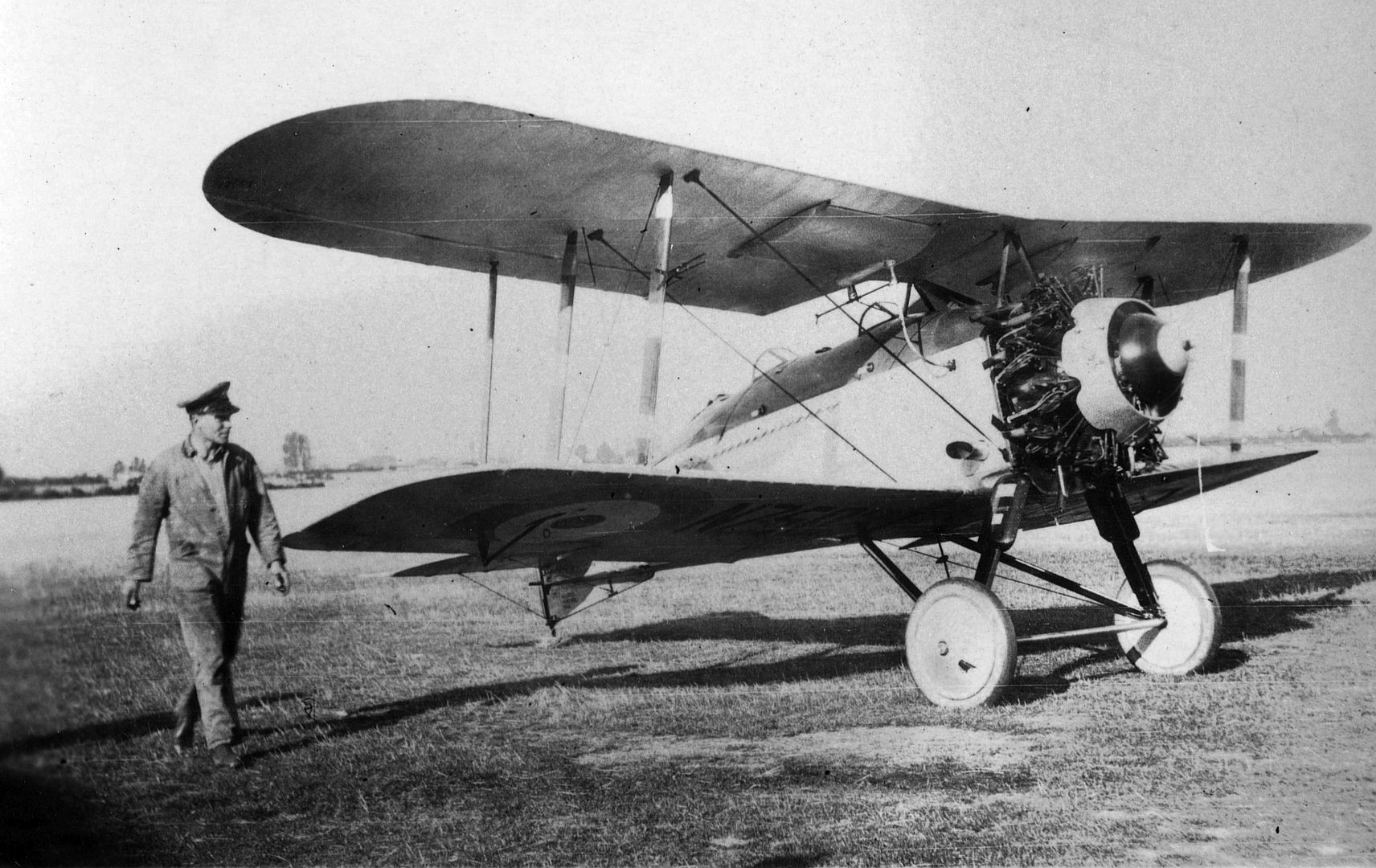
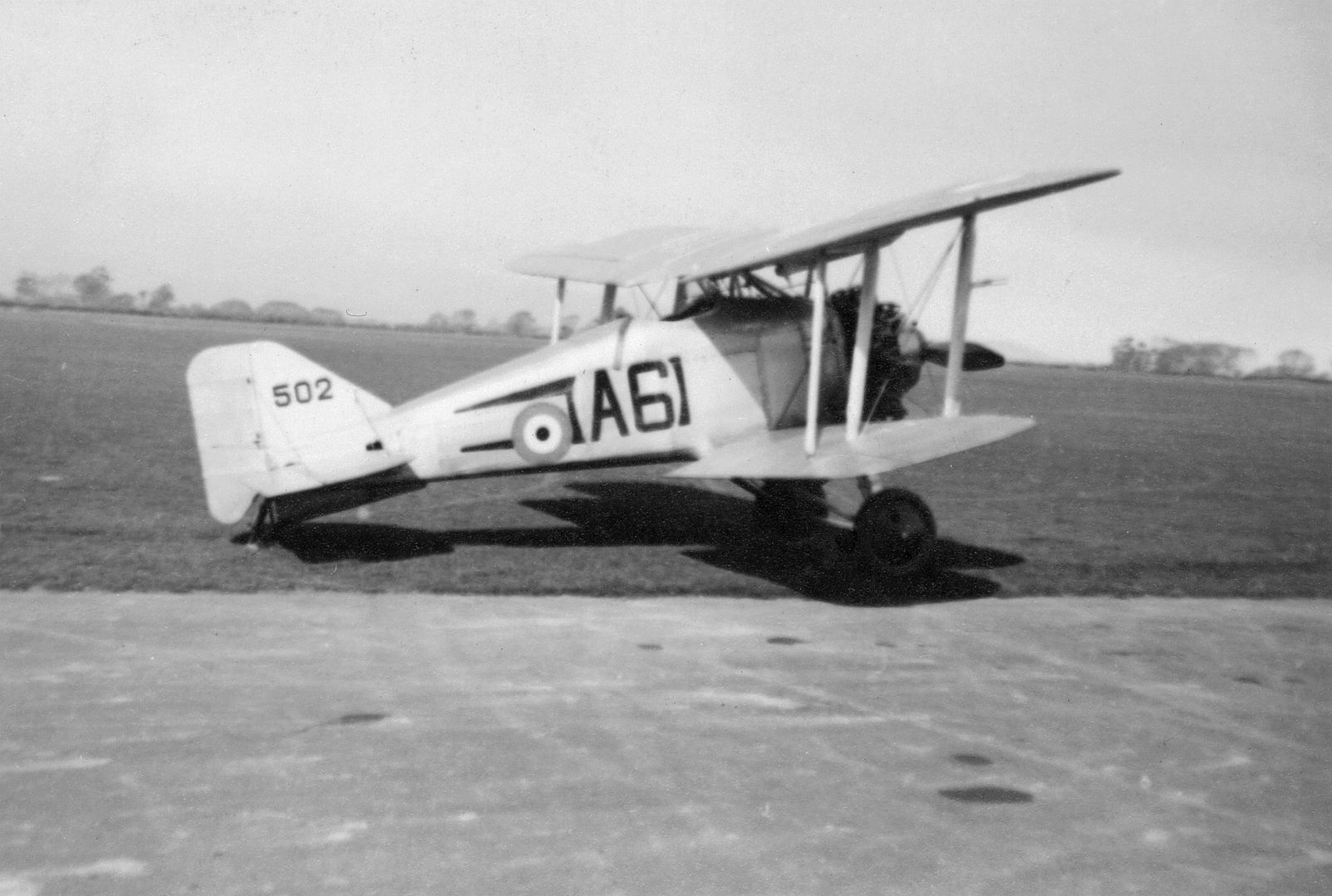
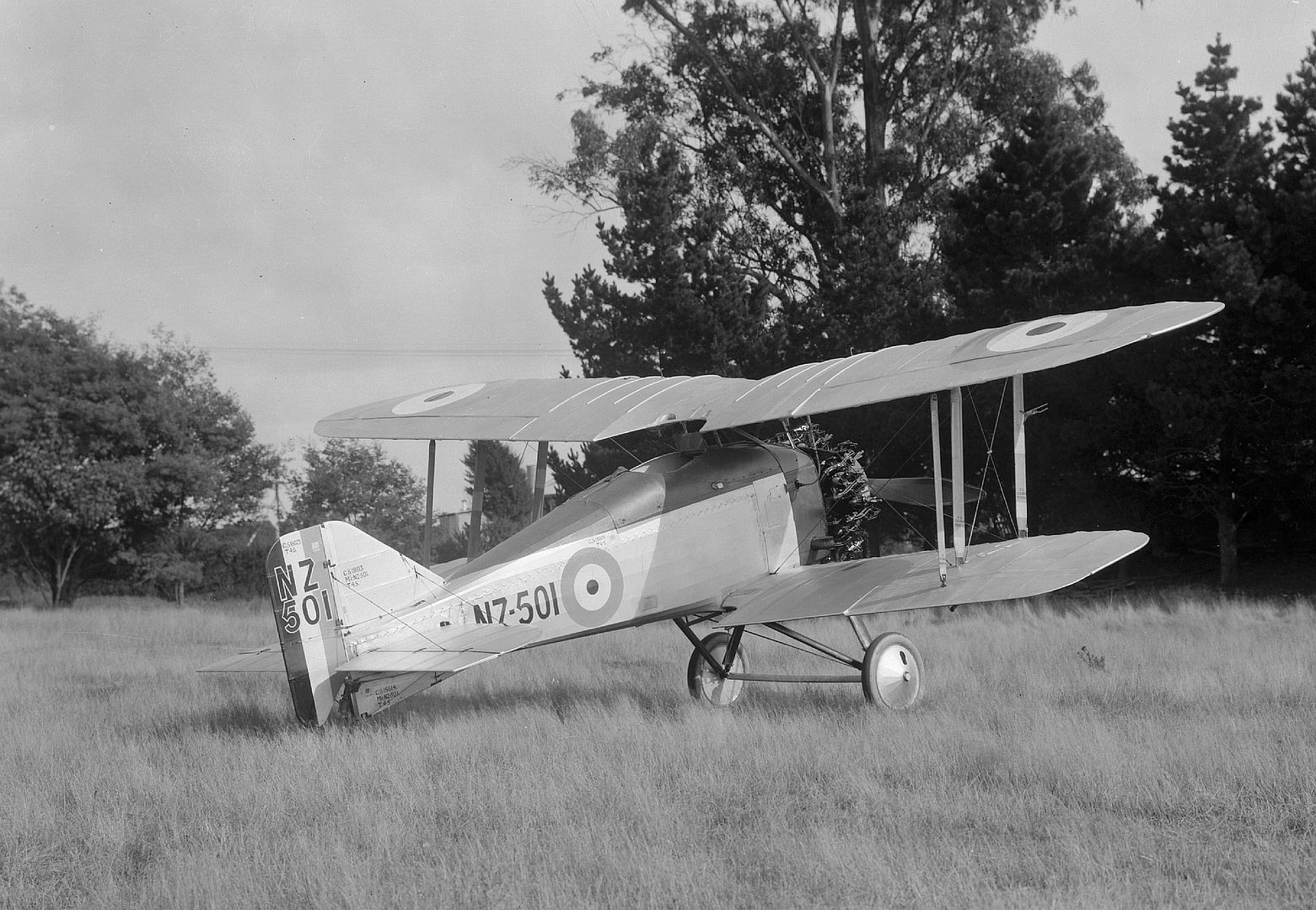
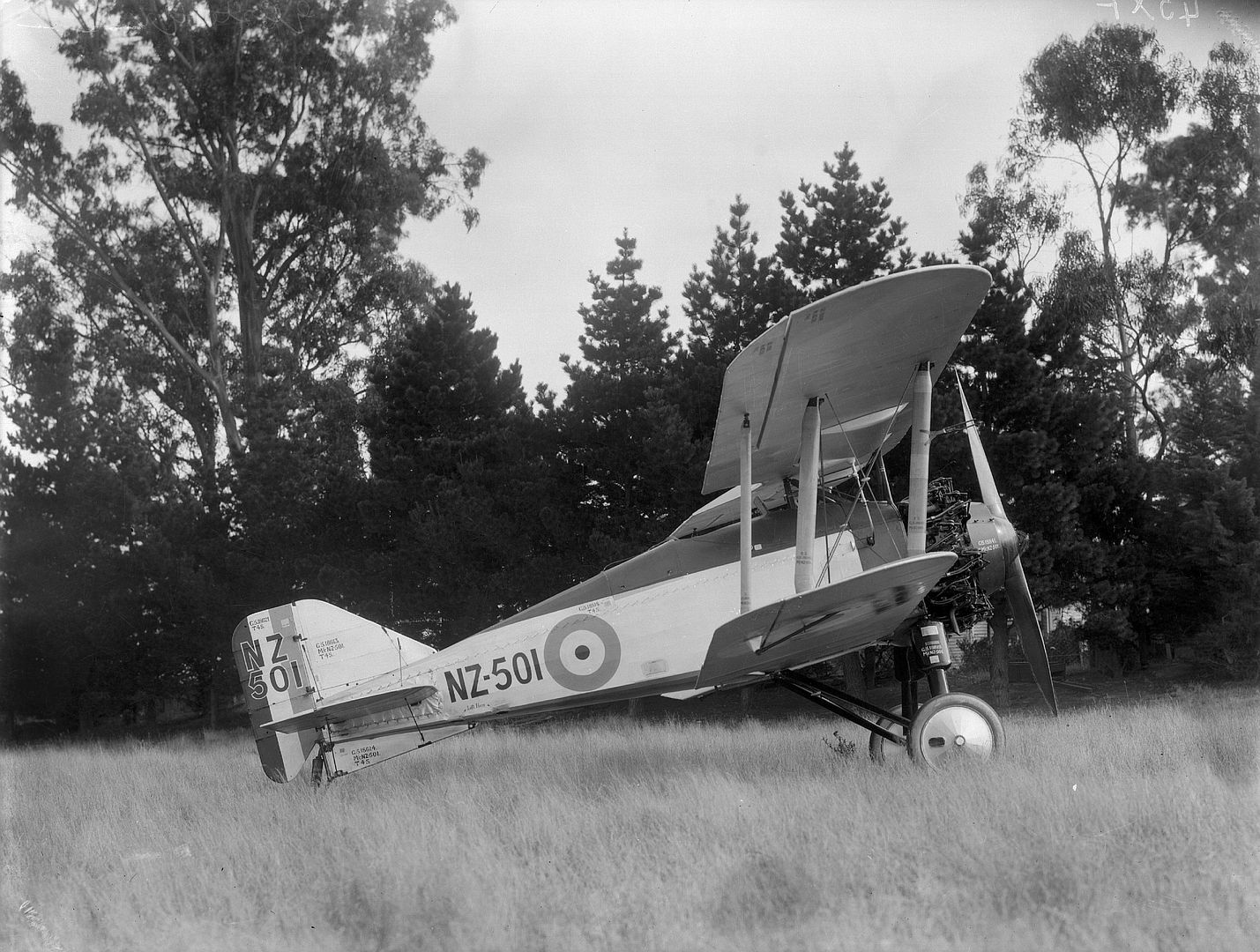
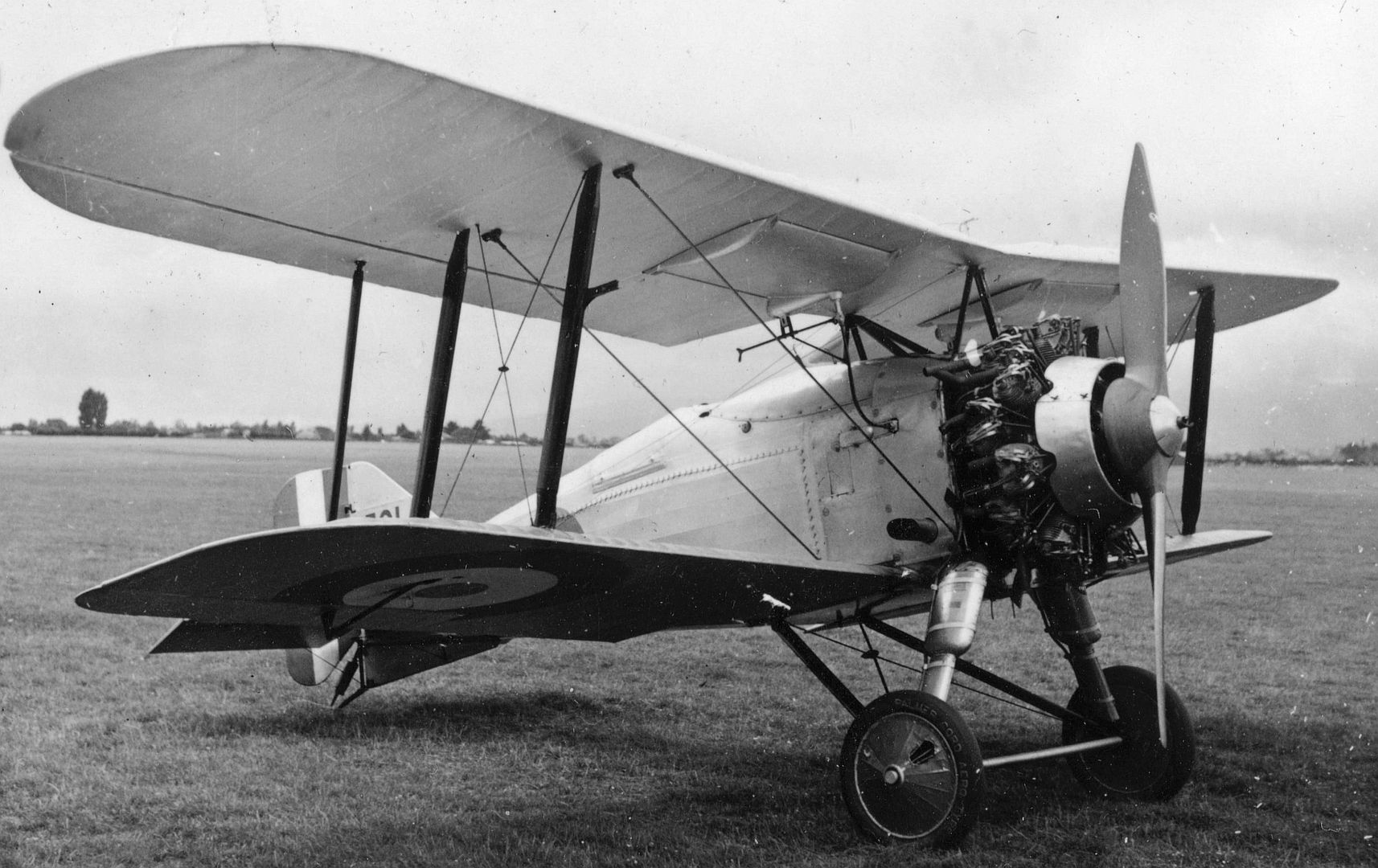
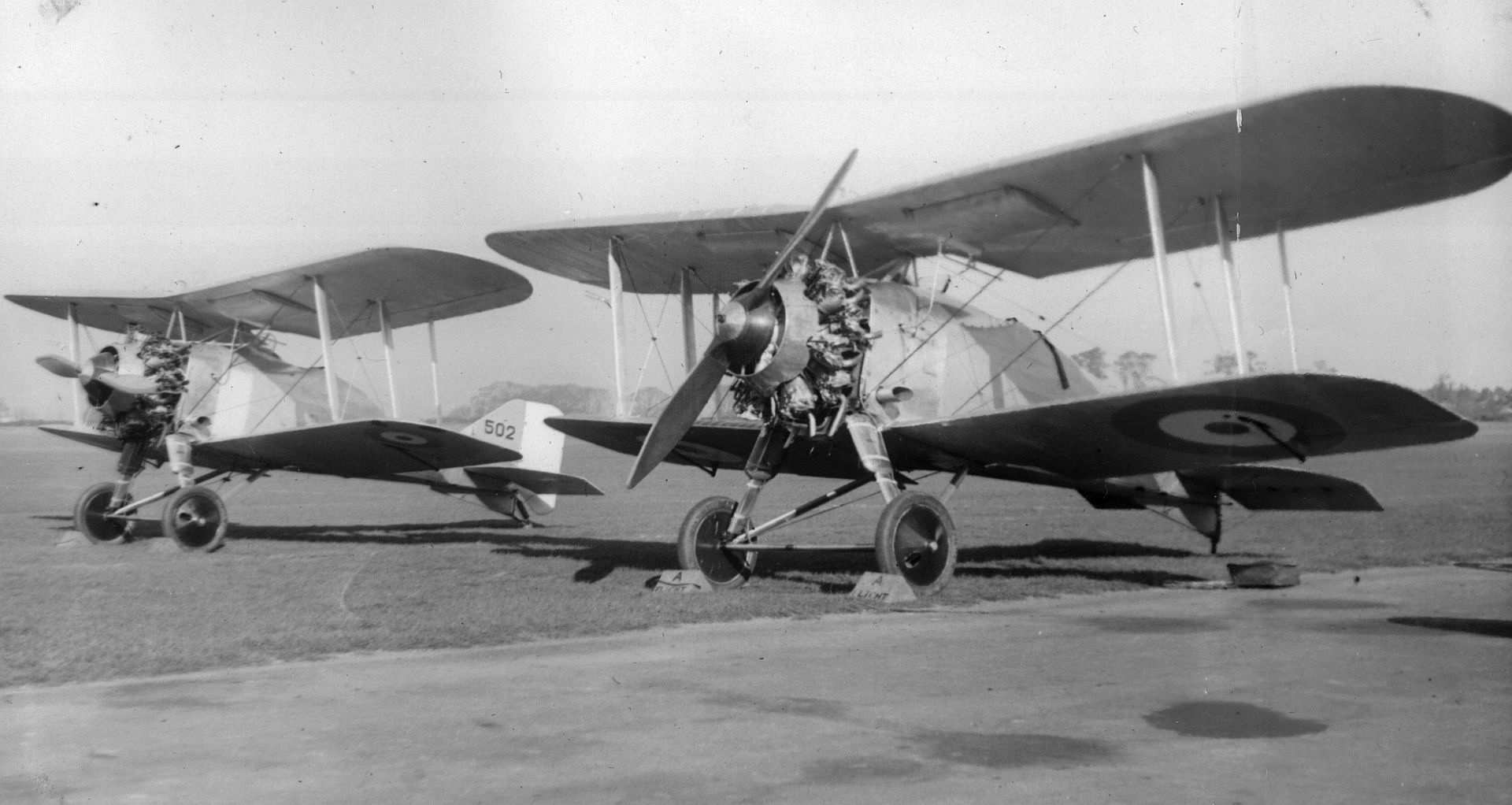
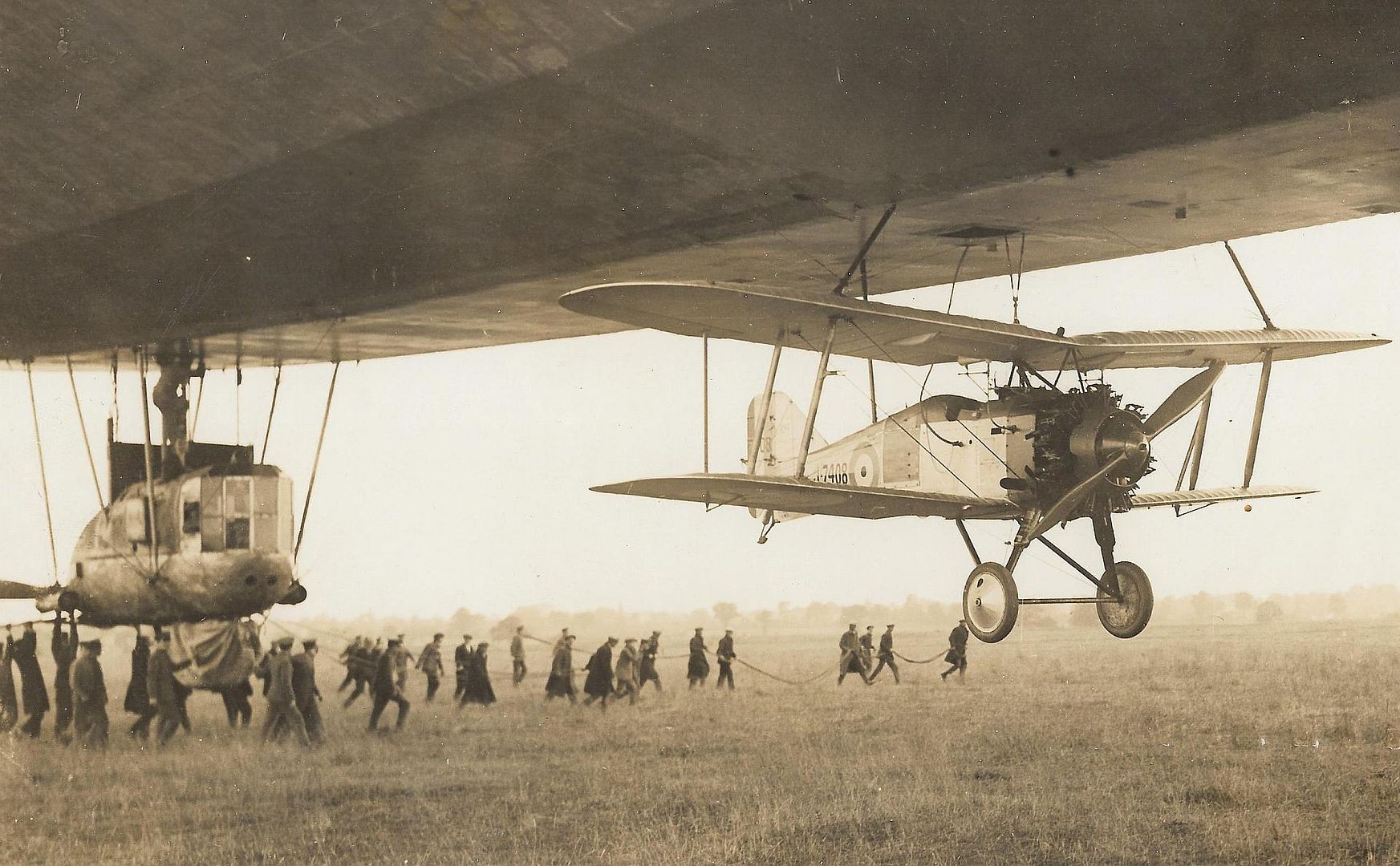

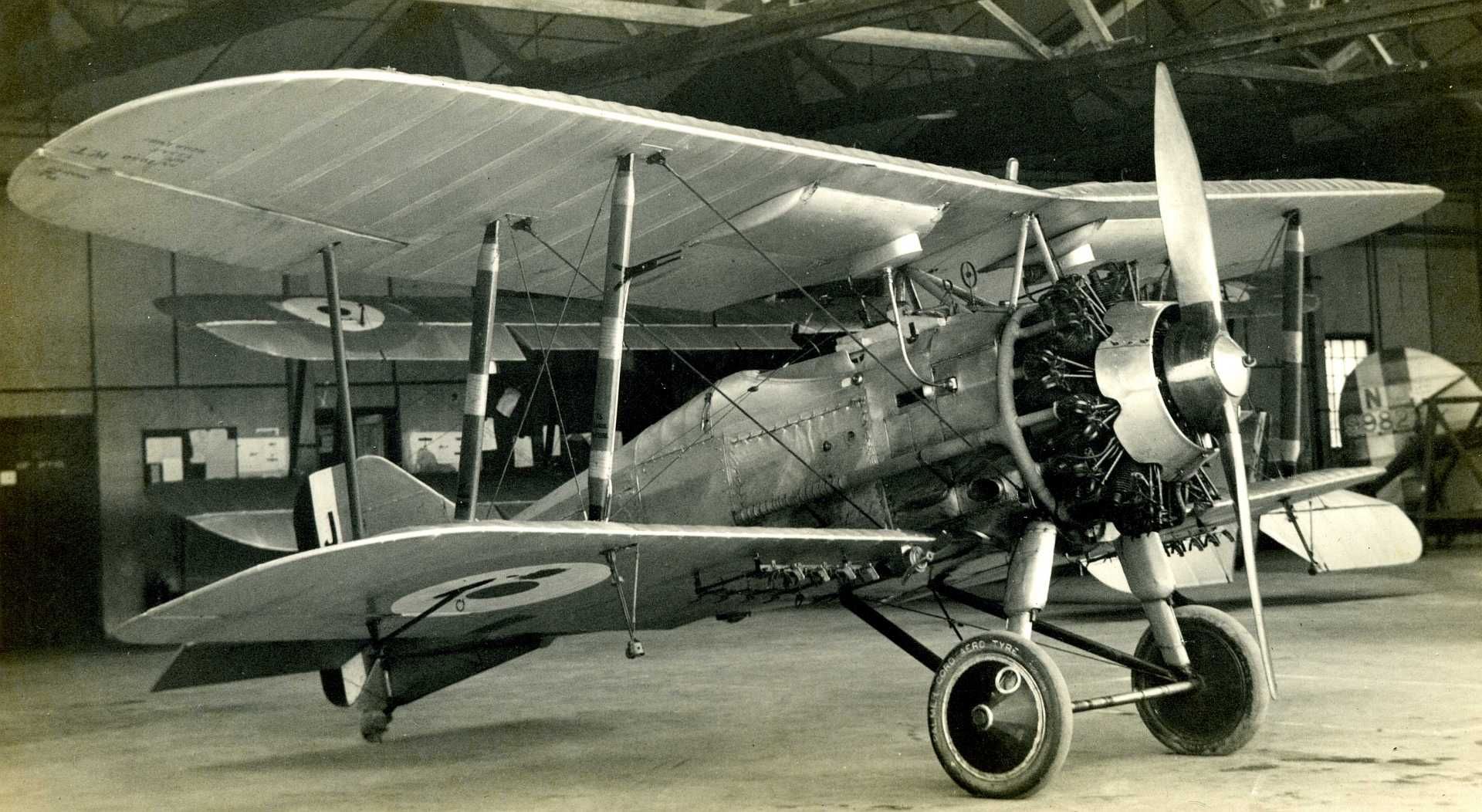
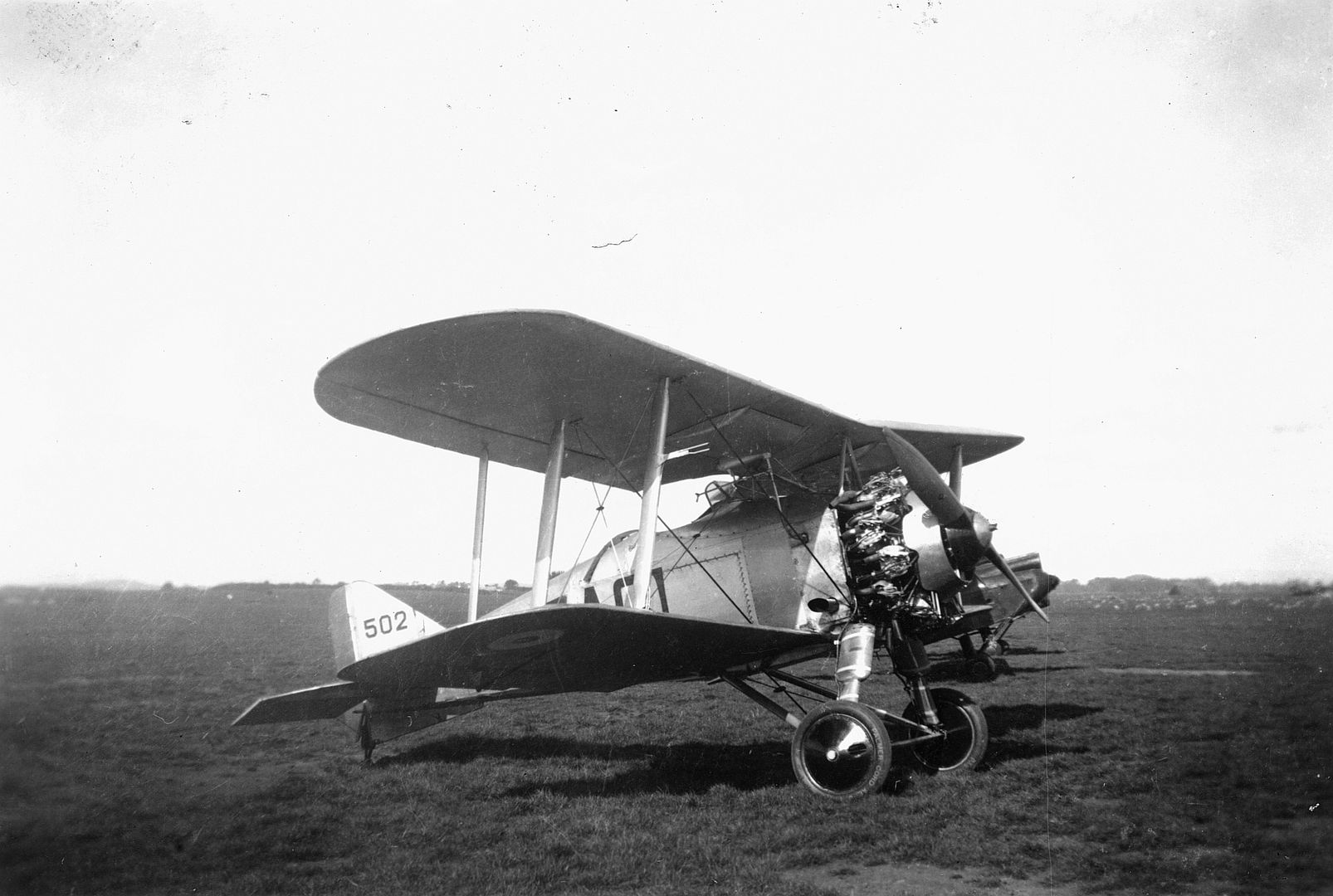
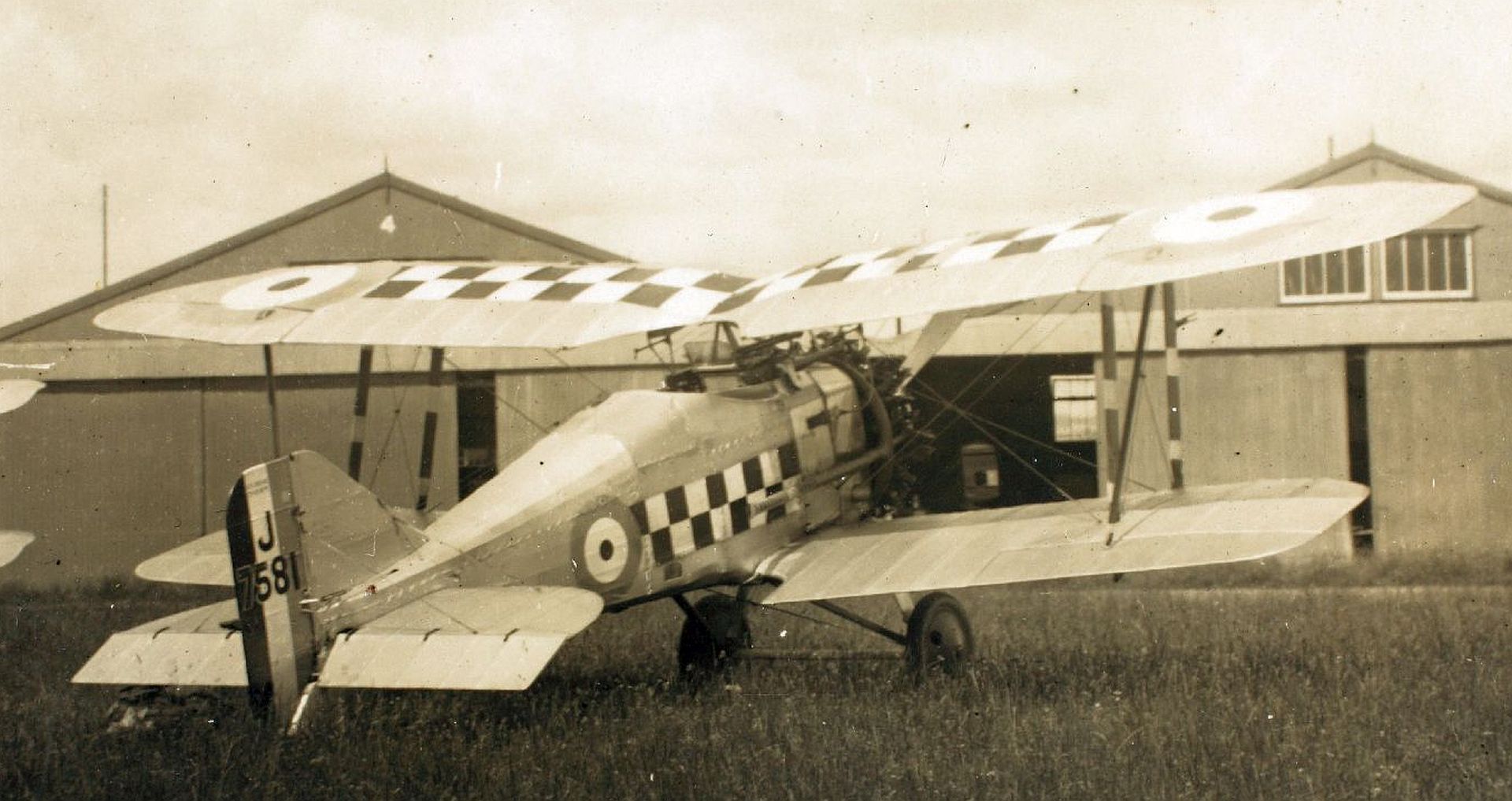
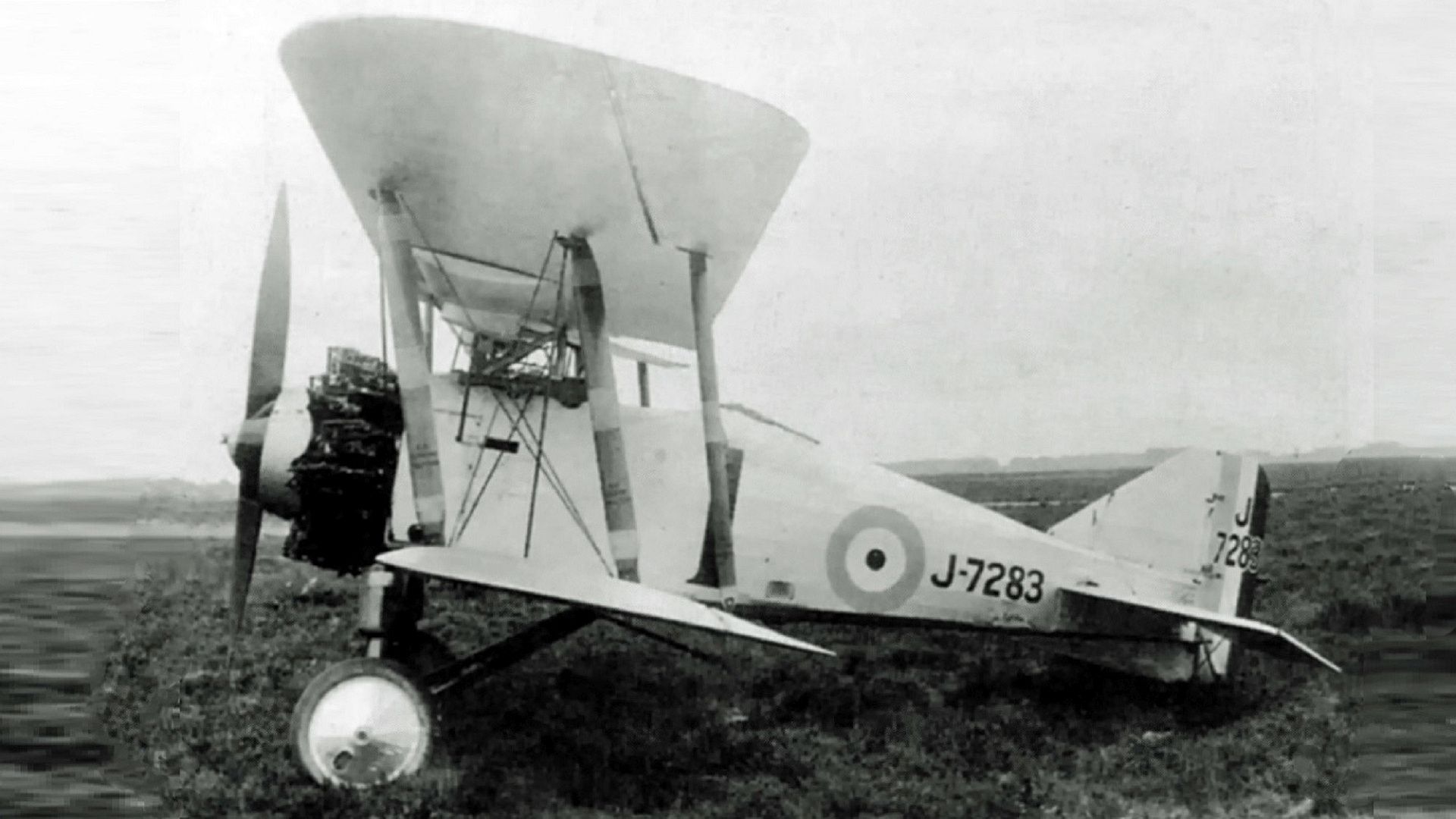

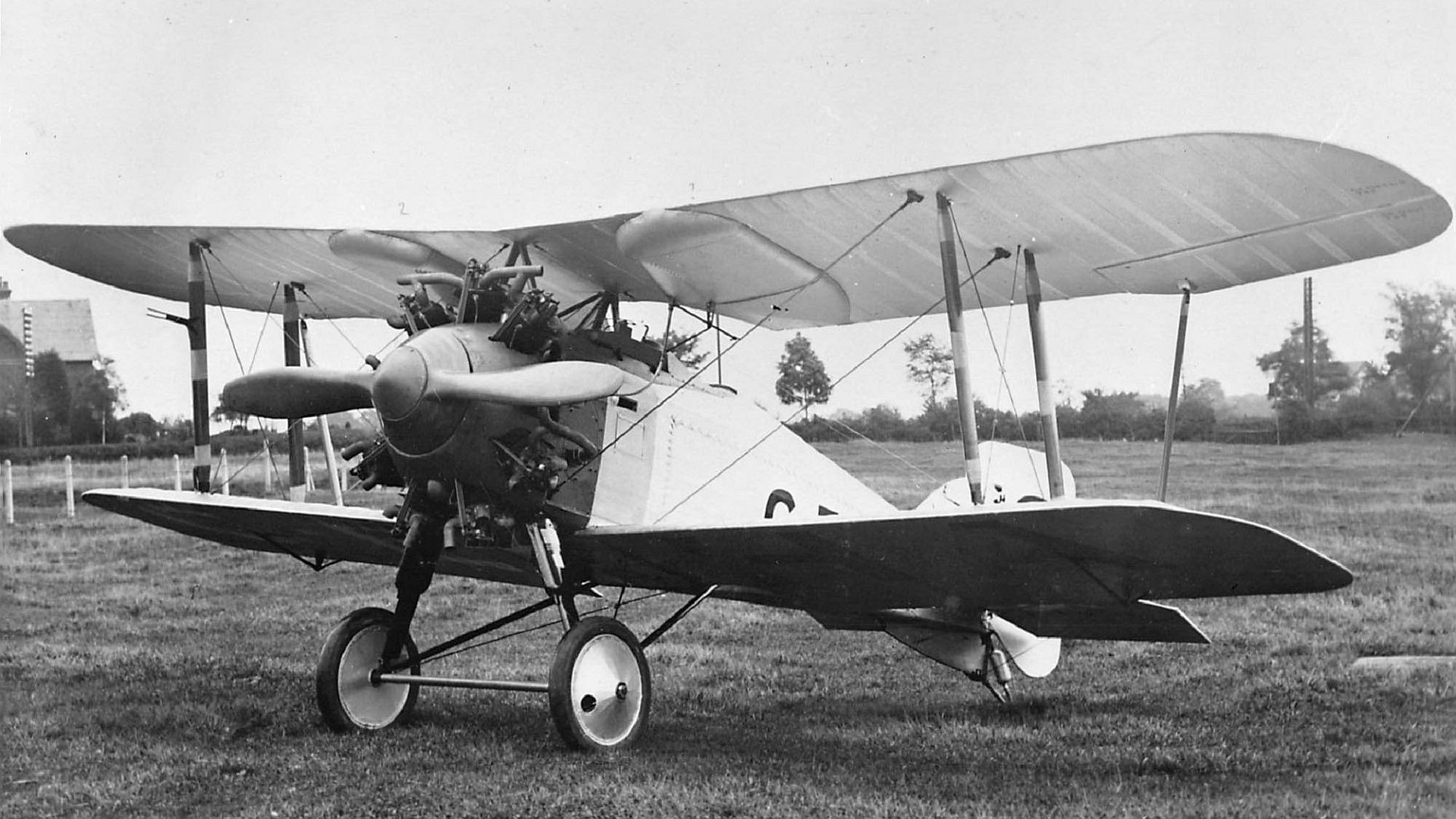
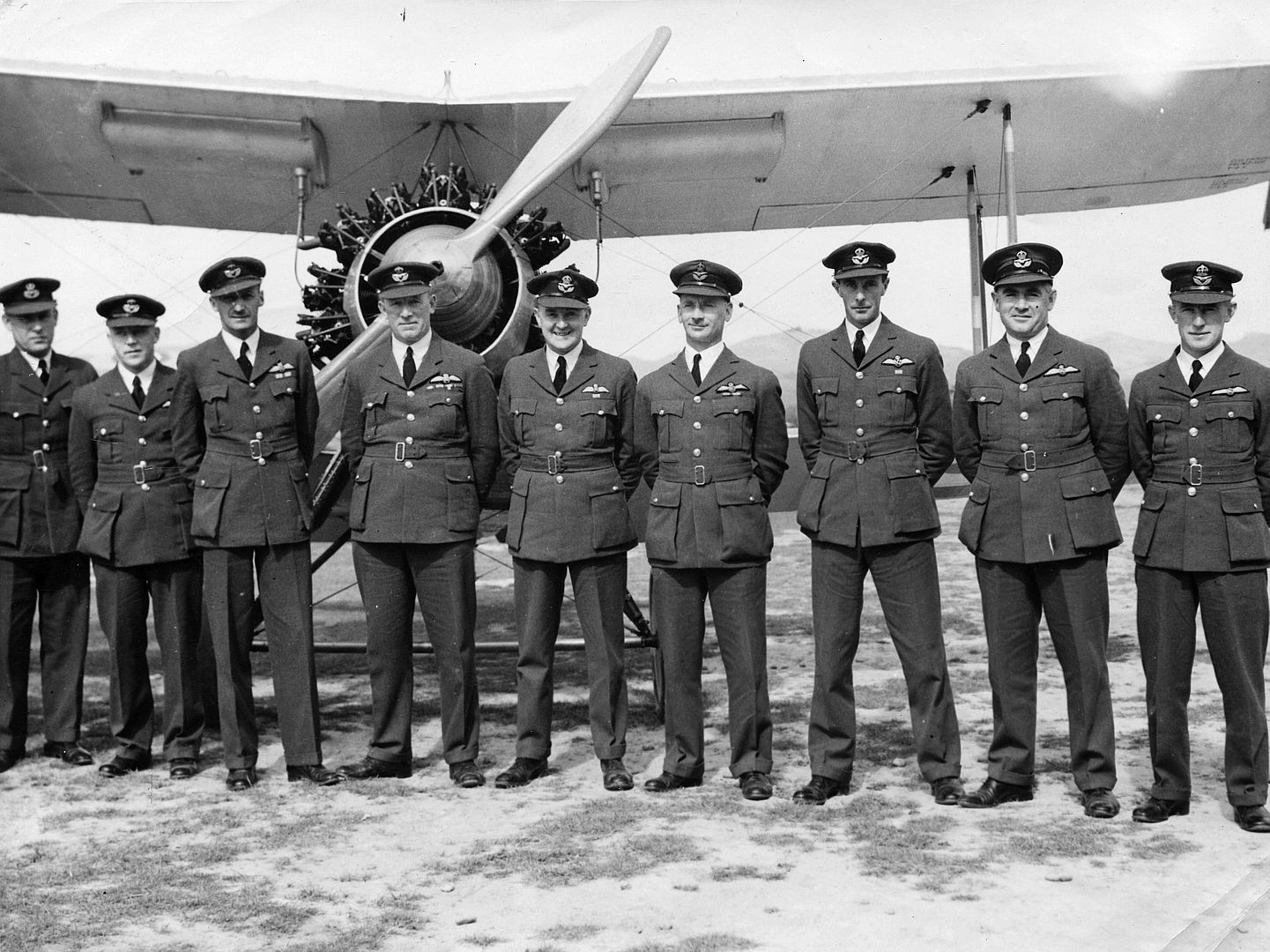
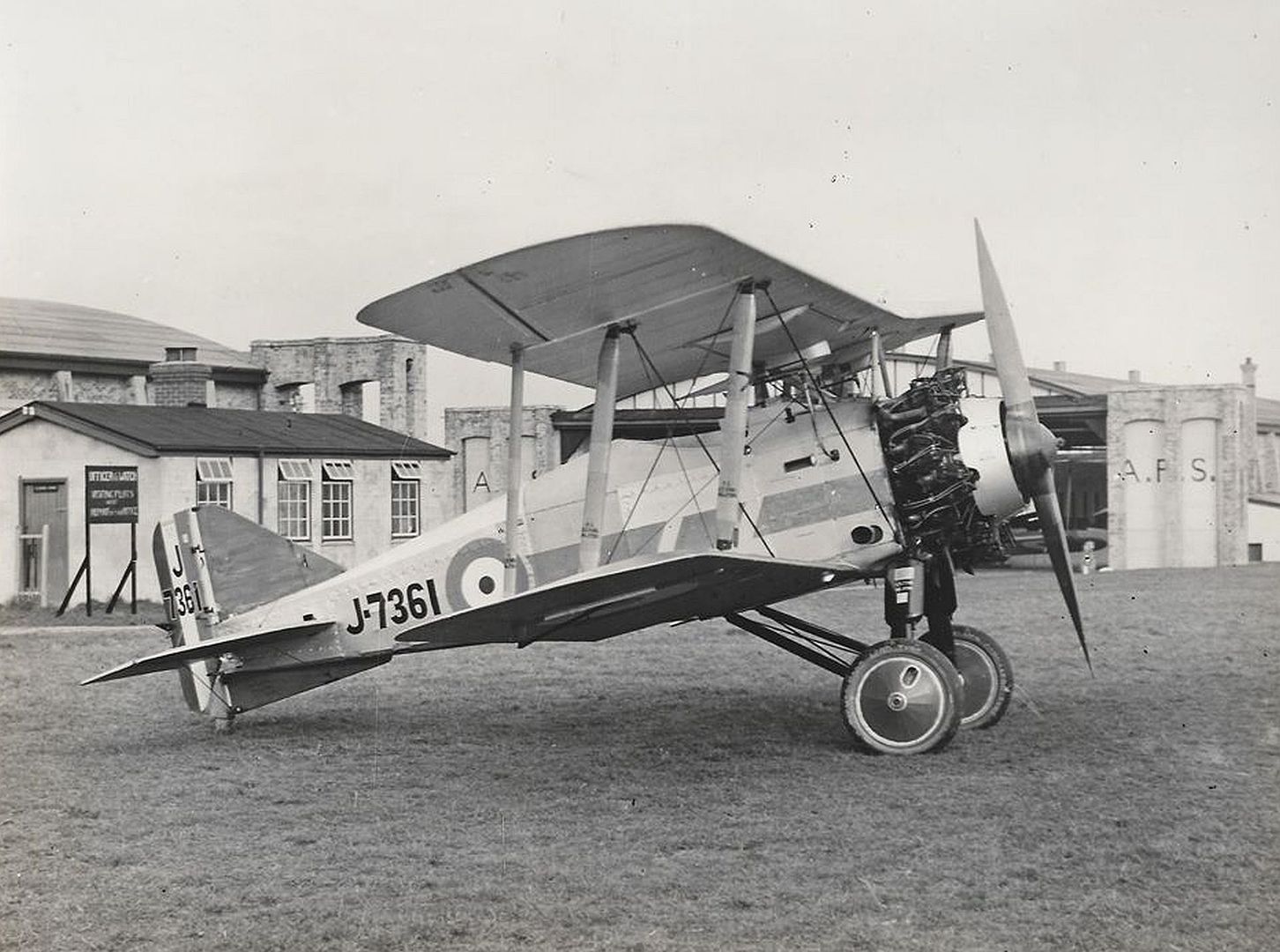
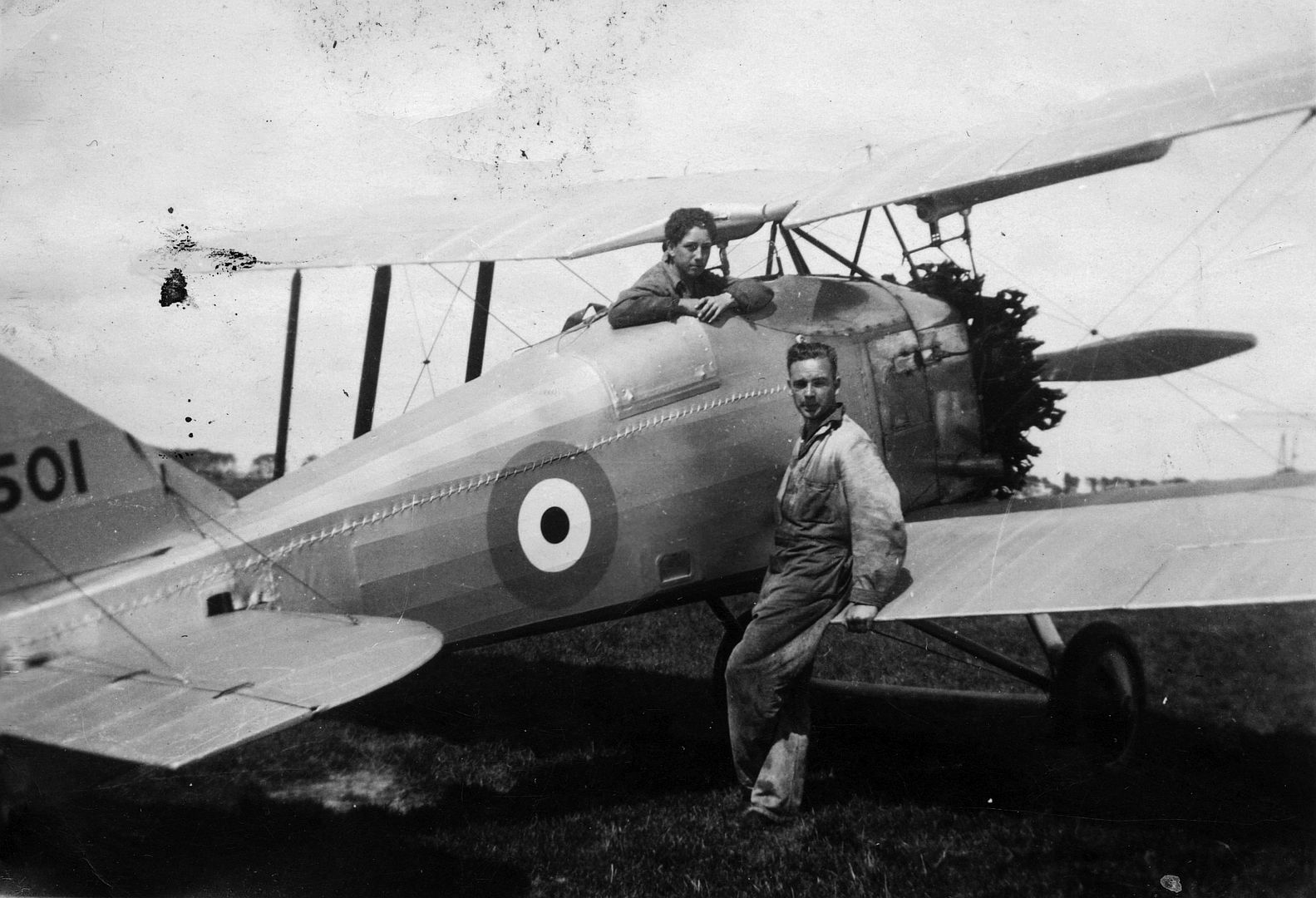
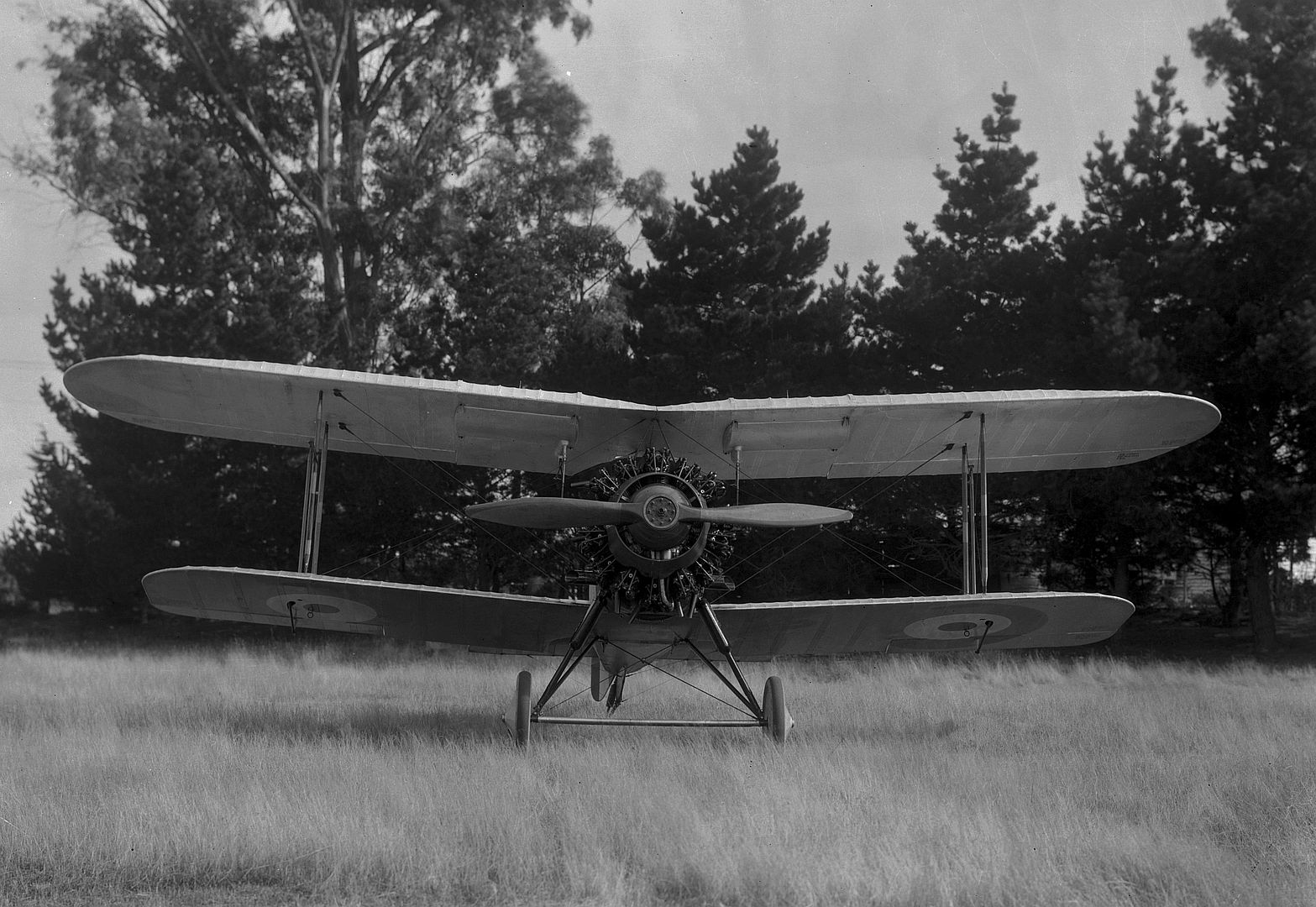
_at_the_Rongotai_Air_Pageant.jpg?width=1920&height=1080&fit=bounds)
Specifications (Grebe Mk.II)
General characteristics
Crew: 1
Length: 20 ft 3 in (6.17 m)
Wingspan: 29 ft 4 in (8.94 m)
Height: 9 ft 3 in (2.82 m)
Wing area: 254 sq ft (23.6 m2)
Empty weight: 1,720 lb (780 kg)
Gross weight: 2,614 lb (1,186 kg)
Powerplant: 1 × Armstrong Siddeley Jaguar IV 14-cylinder air-cooled radial piston engine, 400 hp (300 kW)
Propellers: 2-bladed wooden fixed-pitch propeller
Performance
Maximum speed: 152 mph (245 km/h, 132 kn) at sea level
145 mph (126 kn; 233 km/h) at 10,000 ft (3,000 m)
Endurance: 2 hours 45 minutes
Service ceiling: 23,000 ft (7,000 m)
Time to altitude: 20,000 ft (6,100 m) in 23 minutes
Wing loading: 10.3 lb/sq ft (50 kg/m2)
Power/mass: 0.15 hp/lb (0.25 kW/kg)
Armament
Guns: 2 × 0.303 in (7.7 mm) Vickers machine guns
Post a reply
- Go to Previous topic
- Go to Next topic
- Go to Welcome
- Go to Introduce Yourself
- Go to General Discussion
- Go to Screenshots, Images and Videos
- Go to Off topic
- Go to Works in Progress
- Go to Skinning Tips / Tutorials
- Go to Skin Requests
- Go to IJAAF Library
- Go to Luftwaffe Library
- Go to RAF Library
- Go to USAAF / USN Library
- Go to Misc Library
- Go to The Ops Room
- Go to Made in Germany
- Go to Campaigns and Missions
- Go to Works in Progress
- Go to Juri's Air-Raid Shelter
- Go to Campaigns and Missions
- Go to Works in Progress
- Go to Skinpacks
- Go to External Projects Discussion
- Go to Books & Resources
